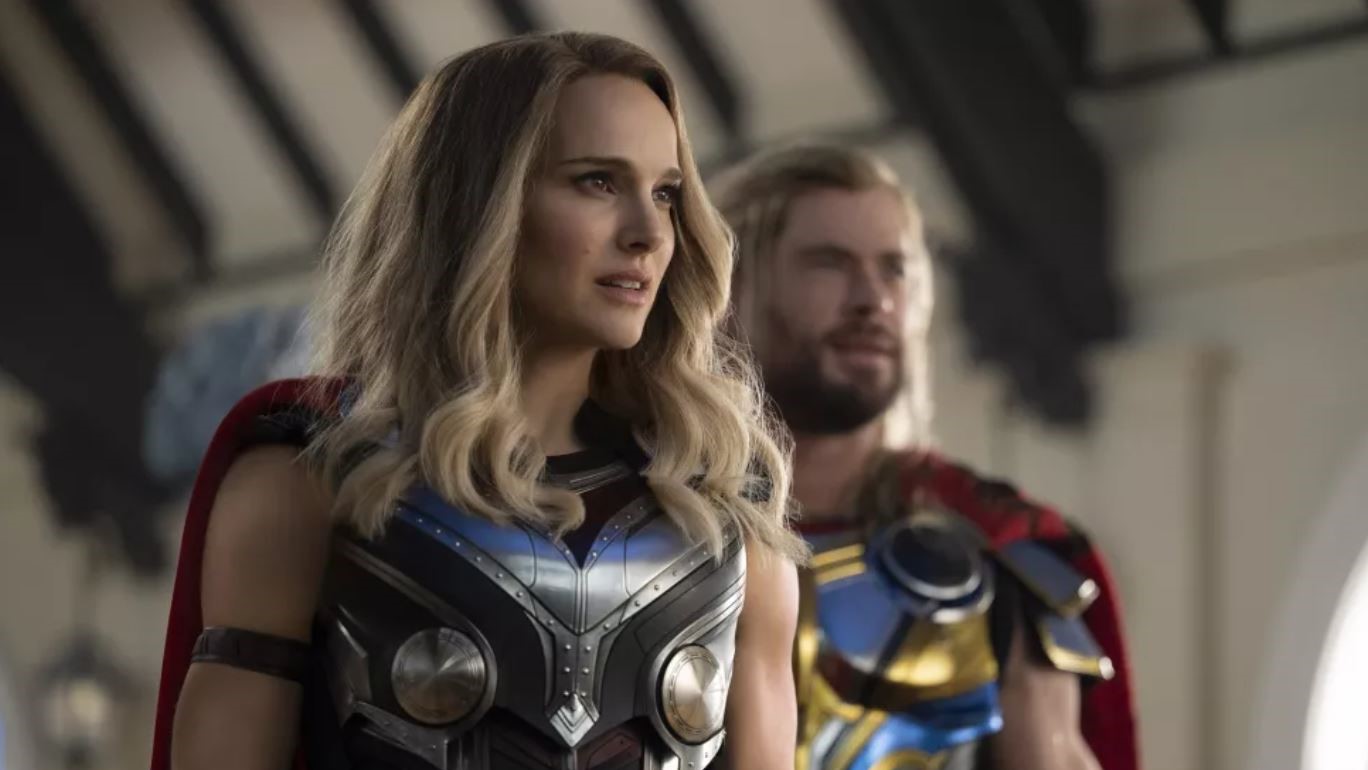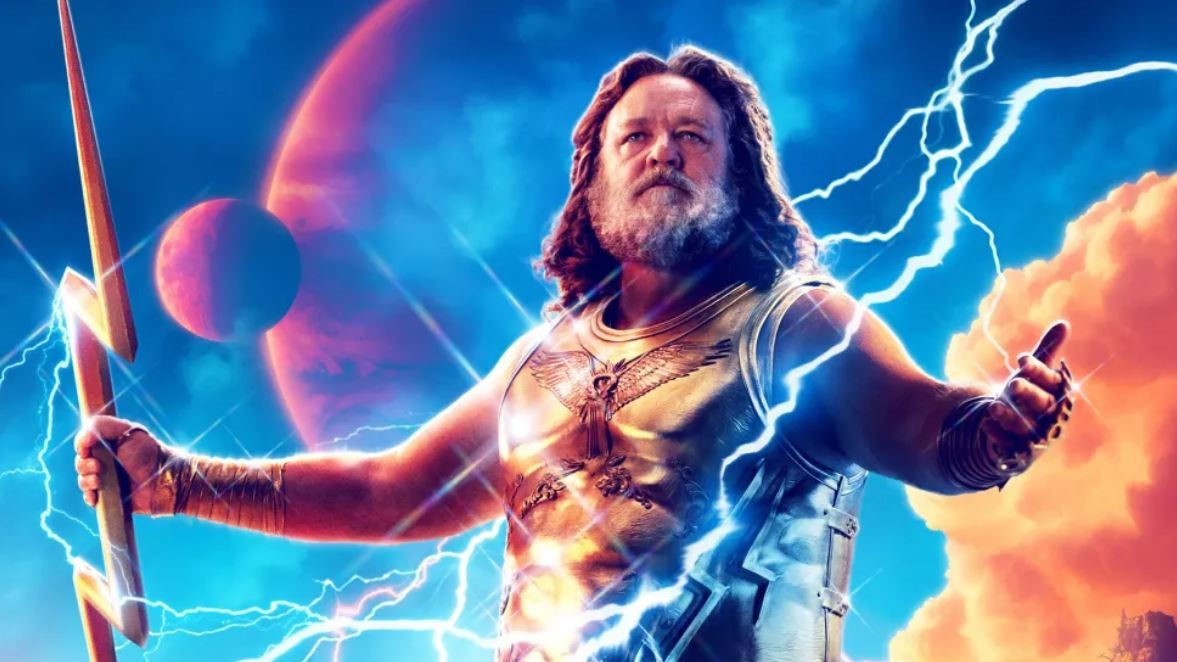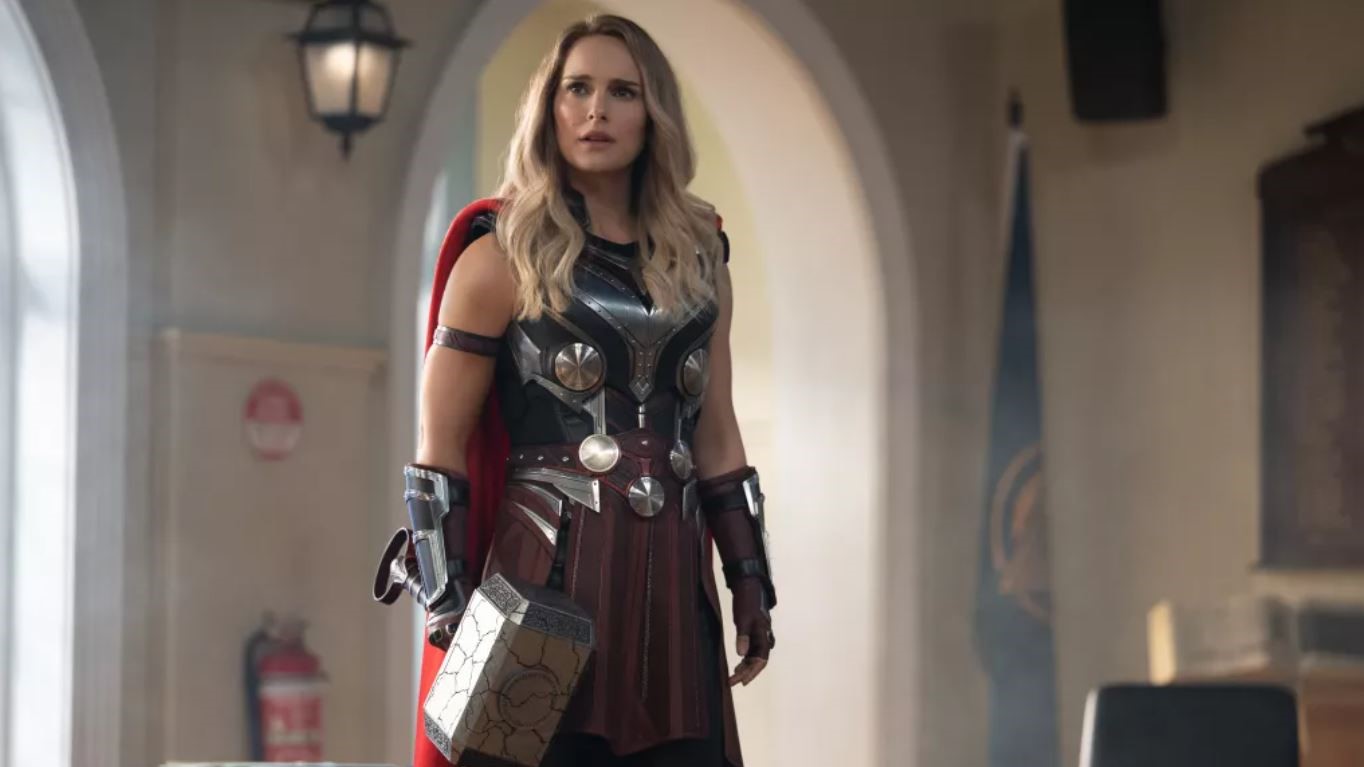Thor: Love and Thunder post-credit scenes — what they mean for the MCU
How many post-credit scenes does Thor: Love and Thunder have?

The god of thunder has stormed back into theaters in Thor: Love and Thunder. And now that audiences have had a chance to see Thor, Mighty Thor (aka Jane Foster), Valkyrie, Korg and Gorr the God Butcher in action, it’s time to engage in the exciting, well honored Marvel Studios tradition of speculation and theories based on the free prize at the bottom of each proverbial MCU box: the post-credits scenes!
Love and Thunder features two post credits sequences. So before we dive into both and what they could possibly mean to Kevin Feige’s master plans for the Marvel Cinematic Universe, we’re warning everyone in advance that we are going to dive into HEAVY SPOILERS ahead for the post-credit scenes and the movie itself. So if you haven’t seen Taika Waititi’s latest opus of color, lightning and heavy metal, we encourage you to stop here and come back after you’ve seen the film (unless you don’t care about spoilers).
Still here? Great! Then let’s unpack all of the insanity and wonder from two of the post-credits sequences.
Thor: Love and Thunder mid-credit scene explained

During the course of Team Thor’s quest in the film, Thor and Valkyrie believe confronting Gorr in the Shadow Realm (where he’d be most powerful) would be foolish without reinforcements. So they, along with Jane and Korg, decide to stop over at the Omnipotence City for help to see if they can recruit as many gods as possible to take on Gorr together.
There they meet Zeus and several other deities of different religions worshiped by various people, who ultimately refuse to provide assistance. Unfortunately things go wrong and they find themselves having to escape capture from Zeus by stealing his thunderbolt after shooting it through his heart.
This leads to the first post-credits sequence. In it, we find Zeus survived their assault and is incredibly furious. He gives a somewhat meta monologue about how people no longer care about the power of the gods, only superheroes, so he decides to send one of his own to finish off Thor and dupe people into loving the Olympians again. The camera cuts to the person he’s talking to: Zeus’s son Hercules — played by none other than Roy Kent himself, Ted Lasso’s Emmy-winning actor, Brett Goldstein.
Hercules’ debut has been long anticipated in the MCU. He’s been a mainstay in the Thor comics being a bitter rival to the Asgardian god since 1966 and eventually even becoming an Avenger at various points in his comic book history. The Olympians and Asgardians have had several battles with one another, but eventually Zeus and Odin put aside their differences and the wars between them end. However, with Odin and Asgard essentially both gone in the MCU, I would imagine Zeus will simply take his war and his enforcer straight to Thor.
The latest updates, reviews and unmissable series to watch and more!
We’ll likely see Goldstein and Hemsworth battle it out in a future Thor movie (as the MCU often does, we see the words "Thor will return" at the conclusion of the film). It’s very possible that if the two bury the lightning, bi-frost summoning hatchet, Hercules may also have a future with the New Avengers, as he did in the comics.
The costume Goldstein is rocking is a slightly more armored version of the famous look Hercules wears in the comics, down to the iconic golden helmet, as seen here.
Thor: Love and Thunder post-credit scene explained

The final post-credits scene doesn’t set up as much for a future film, but it's still quite a wonderful send off for The Mighty Thor. As established from her very first frame in the film, Jane Foster has been diagnosed with stage 4 cancer. Throughout the film she discovers that while wielding Mjolnir as Mighty Thor, the chemicals that help fight the cancer during chemotherapy get purged from her body. Therefore, each time she stops being Mighty Thor, she gets sicker and sicker.
Toward the end of the movie its revealed that if she transforms one more time it could kill her. Still, Jane decides she needs to help Thor stop Gorr and sacrifices her life to become Mighty Thor one more time in battle, before dying in his arms and turning into floating golden particles.
After the final credits roll, we see a portal igniting and Jane step through. She’s then greeted by a familiar face we haven’t seen since Avengers: Infinity War, Idris Elba’s Heimdall. Heimdall commends Jane for her bravery and welcomes her to Valhalla. Jane looks around and feels happy and finally at peace.
The fascinating thing about this scene is that it’s the third version of the afterlife we’ve seen in the MCU. If you recall Moon Knight episode 5, the Egyptian hippo goddess of fertility, Taweret, told Marc Spector and Steven Grant that the Duat was one afterlife of many and there are many "intersectional planes of untethered consciousness" that exist in the MCU. Moon Knight’s Duat/Field of Reeds is one. The Ancestral Planes of Wakanda from Black Panther is another. And here in Love and Thunder we are introduced to Valhalla.
However, much like Marc Spector/Steven Grant was able to come back from the Duat/Field of Reeds and T’Challa was able to return from The Ancestral Plane, there likely are ways for both Jane Foster and Heimdall (or any number of Asgardians) to come back from Valhalla; Portman even spoke about which other MCU stars she would want to work with. So while for now, we may have seen the last of Mighty Thor’s adventures, the bifrost is never fully closed.
Thor: Love and Thunder is now playing in theaters everywhere.
Mike is a proud, sarcastic nerd with a penchant for comic books, comic book movies, and movies in general, and occasional delusions of grandeur. He's also a UC Berkeley graduate who decided to go into writing over pre-med because he figured he'd ultimately save more lives by not being a doctor. He's a Slytherin and a Pisces, so he's very emotionally sensitive, yet also evil, but can be defeated by exploiting his insecurities. His goal is to live one hell of a unique life, and it's been working so far! His proudest moments are being retweeted by James Gunn and Ryan Reynolds in the same week, and getting 999,999 points on Buzz Lightyear Astro Blasters at Disneyland.
You can find Mike's writing around the web at publications like The Nerds of Color, What to Watch, Spoiler Free Reviews, and That's It LA.


